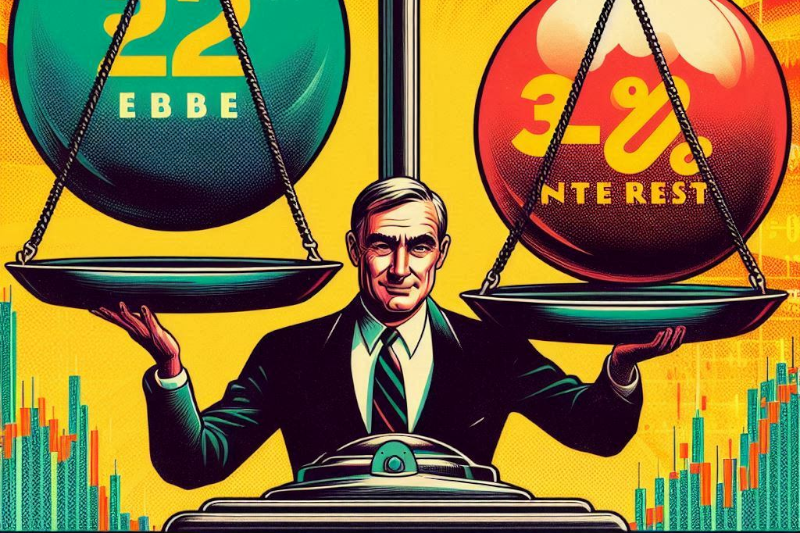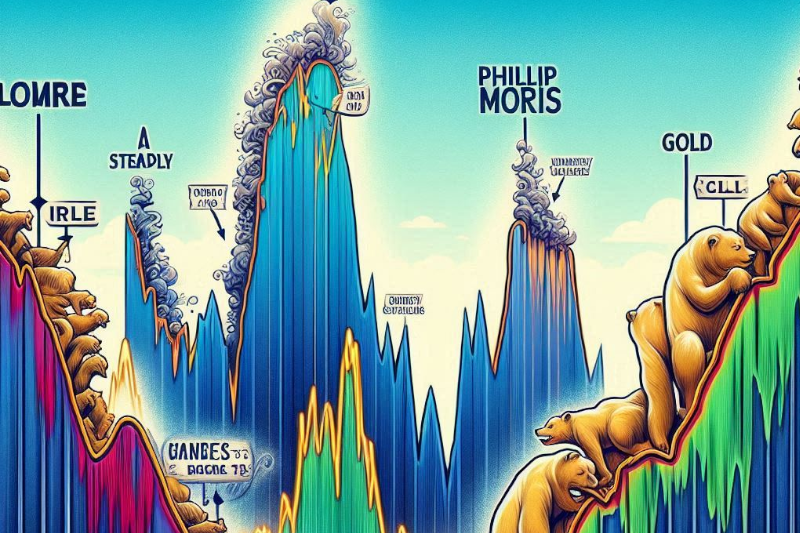Why I’ve Stayed On The Sidelines For The Past Few Weeks
One of the hardest things for most traders to learn is that sometimes being on the sidelines is the most valuable thing that you can do. And it doesn’t take rocket science to have guidelines that help keep you out of the market and avoid huge downward swings (but it does take discipline).
You probably know my flagship service, Automated Options.
We look for an opportunity every single Friday to target about 50% profit. Which is about $1,250 bucks on a $2,500 stake week in and week out.
And we’ve traded that 10 out of 11 times successfully this year.
But it’s also important to avoid big downturns, especially with a 50% average gain. One loss costs two wins.
So, you could think of avoiding a loss as essentially the same as winning two more trades.
And while that’s easy to understand logically, it doesn’t change the “itchy finger” feeling that many traders get as they wait on the sidelines. I know some of my members have certainly got frustrated even as we avoided this major downturn because they just want to trade.
But the reality is that avoiding downturns can be the single most valuable element of any strategy (again, just hard to execute when you love being in the market like most traders do).
That’s why it’s important to shift that mindset and recognize the value of being on the sidelines… And that is one of the most important things that you can do.
One way to do that is to just think and kind of work backward through your strategy.
If you’re somebody who trades value stocks and the rotation in the market is extremely tech-heavy, then you might want to move your positions to cash or a high-yield savings account, for example.
You could create some very simple rules for your approach that give you a “red light” when you shouldn’t be employing your cash within that strategy. For most any strategy there are conditions that simply won’t perform well… But at some point, favorable conditions will come back.
If you are trading directional calls and puts and the average range of the market is squeezing down, then you could use that as a filter.
You could basically say to yourself:
“I’m only going to trade my directional plays when there’s enough net movement to overcome the expected move in the stock so I’ll have a chance of making money.
Because otherwise all of my option trades are just going to melt away and I’m going lose money.
So, I need to stay on the sidelines during these periods.”
So, again for any strategy you trade, one of the important rules that you should be thinking about isn’t just about when to enter or when to exit but specifically “what guidelines do I use to stay out of the market?”
I think most people really struggle with that, but it could be flipped into a huge advantage.
For example, when we used filters like this in our testing and developing of the Automated Options trading strategy it took our win rate from 55% to 78%.
By just putting these very straightforward momentum-based filters it took it from an OK strategy that you probably wouldn’t even want to trade, to an extremely strong, positive expectancy strategy.
And that’s just filtering. The only difference between those two win rates is being on the sidelines ~20% of the time versus being in the market 100% of the time.
So that’s the value and everyone should really be considering that as just as important as how you structure your options, or what the indicator you like to use is, or whatever else that triggers the trade.
Knowing when to be in the market is just as important as knowing when to be out.
— Nate Tucci
P.S. If you want to take advantage of Automated Options, just tap here.



